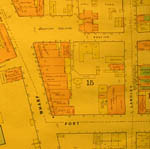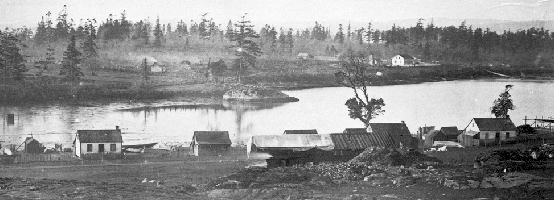 |
 |
 |
 |
 |
 |
 |
The internet provides an interactive forum for the writing of history, and microhistory provides a new way of writing the history itself. By widening the framework in which historians relay information, and by providing a new avenue in which historians can make information available, the micro or local history can be accessed by an audience at a larger global scale. With the use of the internet as an information medium, history can be updated and modernized to keep pace with the learning curve that advancements in technology continue to establish. Evolving in the late 1970’s and 1980’s, microhistory was developed in northern Italy and is primarily based on the reduction of scale of observation. Microhistory involves the selection of a specific point of real or common life and is the history of everyday existence and of the specific people and occurrences that shape our perception of macro history. Edward Muir states that the purpose of microhistory is to study history at a smaller scale where much of real life takes place, this method opens history to those who would otherwise be left out or forgotten in macrohistory. The experience of the individual or small-scale events may help to lead to an unearthing of the foundations of human behaviour and how the behaviour has shaped the existing perception as examined in the macro approaches to history. The internet is a tool that brings history back to the common or everyday man as an evolving communication medium. By utilizing the internet, the microhistorian widens the traditional framework of printed history to encompass a global transference of the local or common history. This website does this by relaying a specific event in time that helps to explain the macrohistory on a reduced scale. |